Welcome dog fans and people who have pets! Let’s learn more about cancer in dogs, which is a very important subject that affects our pet friends. We all love our dogs like family, and knowing the symptoms of this terrible disease is important for finding it early and treating it. Don’t miss this chance to learn about the usual signs that your dog might be developing cancer in dogs, which will put you in charge of protecting them first. So get a coffee and cuddle up with your pet friend. Let’s figure out what we don’t know about cancer in dogs!
Introduction of cancer in dogs:
Cancer is a terrible disease that can happen to both people and our beloved dogs. One out of every three dogs will get cancer at some point in their lives. This makes it one of the main reasons dogs die. People who own pets should know about this disease and know what its signs and symptoms are so that they can make sure their furry friends get the right care.
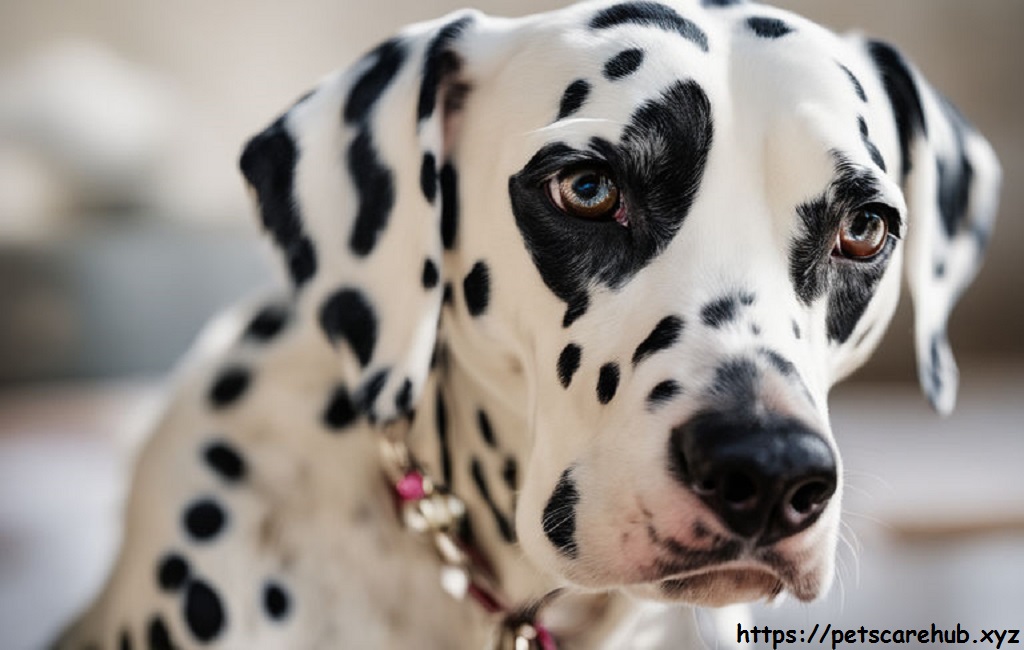
Cancer in dogs: What is it?
The unchecked growth of abnormal cells in the body is called cancer. These cells can grow into tumors or infect other organs and tissues, stopping them from working normally. Cancers can happen in many parts of a dog’s body, just like they can in people. These parts include the skin, bones, blood, organs, and more.
What makes dogs get cancer:
No one knows for sure what causes cancer in dogs yet. But studies show that genes may be important in some situations. And because of their genes, some breeds are also more likely to get certain kinds of cancer. As an example, Golden Retrievers are more likely to get lymphoma, and Scottish Terriers are more likely to get bladder cancer in dogs.
Some types of cancer in dogs have also been linked to things in their environment, like being around harmful chemicals like pesticides or breathing in secondhand smoke. Age is another thing that makes getting cancer more likely. Dogs that are older tend to have weaker immune systems, which makes them more likely to get cancer in dogs.
Symptoms and signs that are common for cancer in dogs:
One problem with finding cancer in dogs is that the symptoms aren’t always clear and can be confused for other illnesses. Still, you should keep an eye out for any changes in your dog’s behavior or appearance. Some of the most common signs cancer in dogs:
– Weird bumps or lumps on or under the skin
– Wounds that won’t get better
– Constant diarrhea or throwing up
– Trouble going to the bathroom or peeing
– Loss of weight for no reason
– Not being able to eat
– Feeling tired or having less energy
– Having trouble breathing or coughing
– Changes in how you use the bathroom
– Leaking blood from the nose, mouth, or other holes
If you see any of these signs in your dog, you should call your veterinarian right away.
Figure out:
If cancer in dogs is thought to be present, your vet will do a full physical check and may also suggest other tests, such as blood work, X-rays, ultrasounds, and biopsies, to help find out more. These tests can help find out what kind of cancer someone has, how far along it is, and how to treat it.
Possible Treatments of cancer in dogs:
Cancer in dogs get different kinds of care, based on the type and stage of the cancer and the dog’s overall health. Surgery to remove tumors, chemotherapy, radiation therapy, and immunotherapy are all popular ways to treat cancer in dogs.
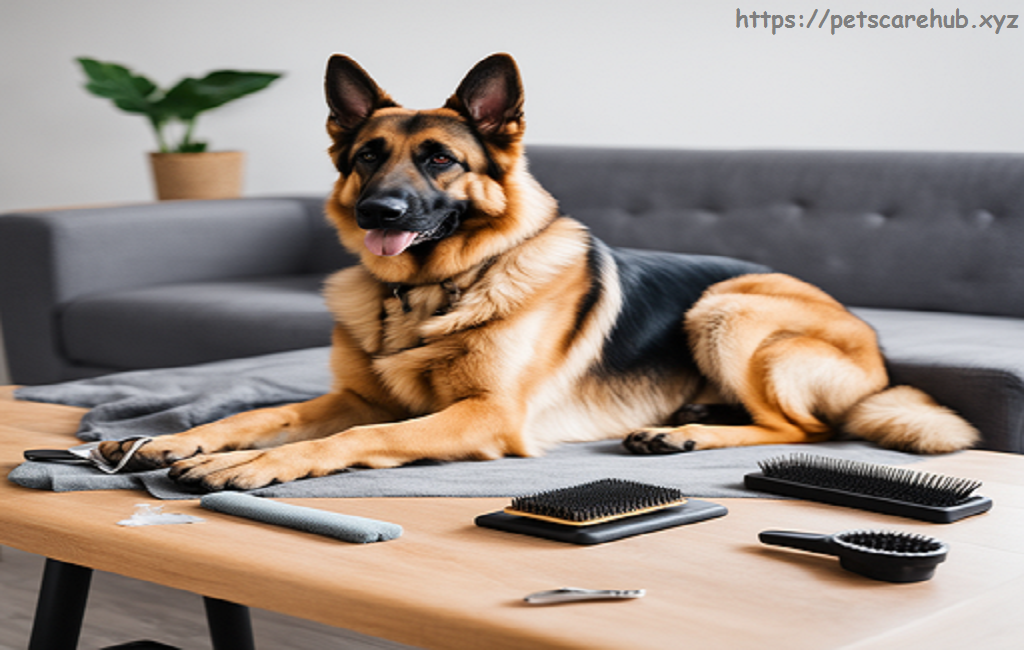
To these medical treatments, there are also homeopathic and alternative methods like acupuncture, plant pills, and changes to your dog’s food that can help manage the signs of cancer and make their quality of life better.
Conclusion:
Cancer is a very bad sickness that can spread to animals. People who own dogs should know the symptoms and signs of cancer in dogs and move quickly if you notice any changes in your dog’s health. We can help dogs with cancer have a better chance at living a longer and happier life by finding it early and giving it the right care.
Learn about the different kinds of cancer in dogs
Cancer is a sad fact of life for both people and animals, even our beloved dogs. I think it’s hard for dog owners to accept that their pet friends may also be sick with this disease. But learning about the different kinds of cancer in dogs that can happen to dogs can help us spot possible signs and symptoms earlier and treat them more effectively.
Different kinds of cancer in dogs can happen in dogs, but they can be grouped into two main groups: normal tumors and cancerous tumors. It’s important to remember that most dog cancers don’t have a clear cause or genetic link like human cancers do. Some studies have shown that outdoor chemicals or certain types of cancer in dogs may slightly raise their chance of getting cancer in dogs , but most of the time, no one really knows for sure.
Most of the time, normal tumors are growths that are not dangerous and don’t spread to other parts of the body or attack nearby tissues. Most of the time, these tumors are easier to treat than cancerous ones because they grow more slowly. Lipomas (growth of fatty tissue), adenomas (growth of fibrous tissue), and papillomas (growth that looks like a wart) are some common types of benign cancer in dogs.
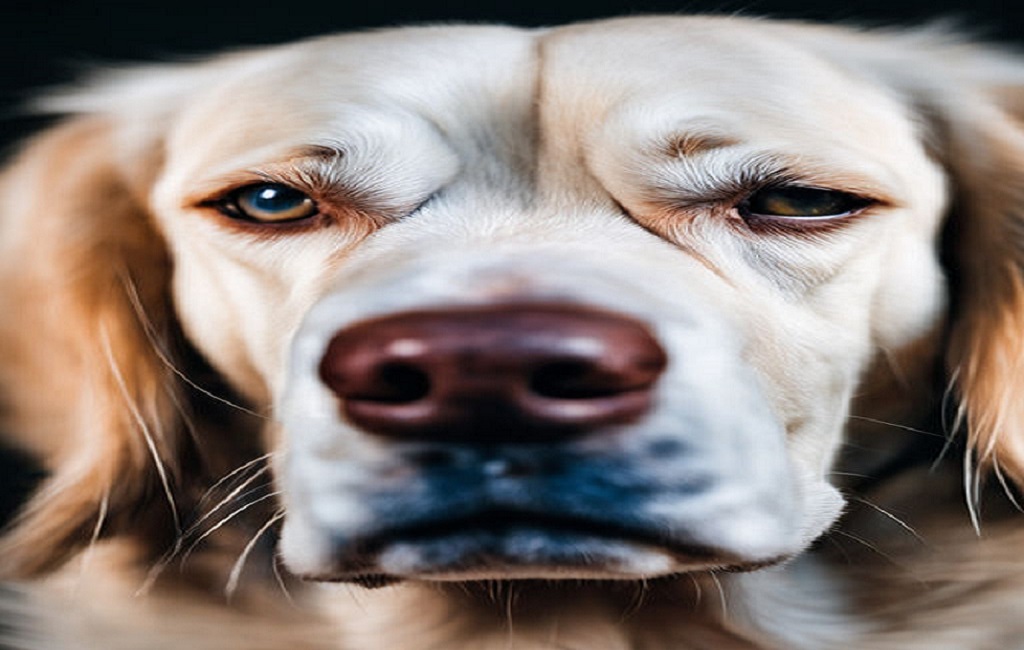
In contrast, malignant tumors are dangerous growths that can attack nearby organs and move to other parts of the body through metastasis. Since they are more active, they are harder to treat because they often need surgery along with chemotherapy or radiation therapy. Lymphoma (cancer of the lymph nodes), mast cell tumors (skin cancer), and osteosarcoma (bone cancer) are some of the most common types of cancer in dogs.
These are some other types of cancer in dogs often get:
Hemangiosarcoma: This kind of cancer in dogs starts in the cells that line blood vessels and usually spreads to organs like the heart, lung, or liver.
Melanoma: This is a type of skin cancer in dogs that affects melanocytes, the cells that make color. It is the same in people.
Mammary gland tumors: Female dogs that haven’t been fixed are more likely to get mammary gland tumors, which can be cancerous or not.
Transitional cell carcinoma: A type of bladder cancer in dogs that mostly affects older dogs, mostly female dogs.
Squamous cell carcinoma: A kind of skin growth that can spread to other parts of the body, like the mouth or nose.
The symptoms and signs of these different types of cancer in dogs may be different based on where they are and how bad they are. Some common signs to look out for are lumps or bumps on the body, changes in hunger or weight loss, trouble breathing, increased thirst and urination, vomiting or diarrhea that won’t go away, and changes in behavior like becoming irritable or tired all of a sudden.
If you see any of these signs in your dog, you should take them to the vet right away to get a good evaluation and treatment plan. If you find and fix the problem quickly, your dog has a much better chance of getting better, and it may even live.
To sum up, cancer in dogs is a complicated disease that can show up in many ways in dogs. Knowing the different kinds of cancer and the possible symptoms and signs can help us take the initiative to get our pet friends the care they need. Giving them love, care, and regular trips to the vet can help keep them healthy and happy in the long run.
Things to Keep an Eye Out for
Cancer is a sickness that can happen to both people and animals, even dogs. As responsible pet owners, we need to know what kind of cancer in dogs friends are showing so that we can find it early and give them the right care. This part will talk about the most common symptoms and signs that have cancer in dogs.
- Unknown lumps or swellings
Having lumps or swellings on your dog’s body is the most clear sign that cancer in dogs. These can look like one lump or several lumps, and their sizes can change. Some lumps might be under the skin, while others might be inside the body. It is very important to have a doctor look at any lumps that don’t seem right.
- Hunger loss or changes in your weight
If you notice that your dog has lost their hunger or their weight has dropped a lot for no obvious reason, this could be a sign of a deeper problem, like cancer. Cancer cells use up a lot of energy, which makes the body lose weight even if the dog doesn’t eat any more calories.
- Strange smells
If you smell bad things coming from your dog’s mouth, ears, or any other part of their body, you should not ignore them. They could be signs of an infection or a swelling tumor.
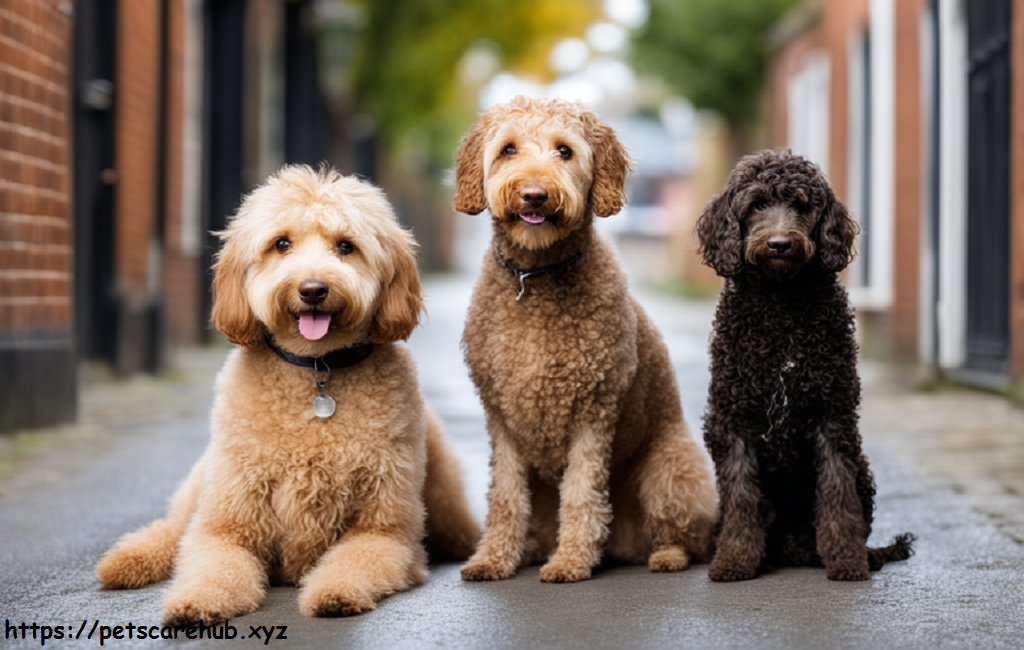
- Joint pain or arthritis
When dogs have bone tumors, their joints often hurt and feel stiff, which can make it hard for them to move around properly. It could be a sign of bone cancer in dogs if your normally busy dog seems tired or avoids things they normally enjoy.
- Having trouble breathing or coughing
Cancer can affect a dog’s lungs, making it hard for them to breathe or making them cough or wheeze all the time. This could mean that there are tumors in the lungs or that other types of cancer have spread to the lungs.
- Changes in how you use the bathroom
If your dog’s bowel or bladder habits change, you should pay attention because this could be a sign of bladder, kidney, or intestine cancer in dogs. Some of these changes are having trouble peeing, having blood in your urine or stool, and having a lot of mistakes at home.
- Feeling tired or weak
It is possible for cancer in dogs to feel less energetic and weak because their immune systems are always fighting off cancer cells.
- Changes in the skin
Cancer can also show up on the skin as spots that won’t heal, scaly patches, redness or swelling, and hair loss that is too much.
- Having bleeding from any opening
Bleeding from the nose, mouth, anus, or private area that you can’t explain needs to be looked at right away because it could be a sign of several types of cancer.
- Changes in behavior
When dogs are sick, they may act differently, just like when people are sick. These changes can include becoming irritable, anxious, or violent out of the blue toward people or animals they know or that they like.
Keep in mind that these signs don’t always mean you have cancer; they can also be signs of other health problems. But if you see any of these symptoms in your dog, you should take them to the vet right away so they can properly diagnose and treat the problem. Dogs with cancer have a much better chance of beating the disease if they get care right away.
Things that can make a dog more likely to get cancer
Dogs can get cancer, just like people can. In fact, the American Veterinary Medicine Association says that one in four dogs will get cancer at some point in their lives. Cancers of the skin, breasts, lymph nodes, and bones are some of the types of cancer that can happen to dogs.
Dogs of any type or age can get cancer, but there are some things that can make their chances of getting it higher. Because you own a dog, you should know about these possible risk factors and take steps to lower your dog’s chances of getting cancer.

- Age: As your dog gets older, the chance that it will get cancer goes up. The cells of older people are less able to fix DNA damage, which can cause changes and odd cell growth.
- Breed / Genetics: Some breeds are more likely to get certain types of cancer because of their genes. As an example, Golden Retrievers are more likely to get lymphoma, while Boxers are more likely to get mast cell tumors. That you learn about your dog’s breed and the health risks that might come with it is important.
- External factors: In the same way that external factors affect people, they also affect the growth of cancer in dogs. Being around toxins like chemicals or cigarette smoke can make their chance go up a lot. Also, some dog types with lighter coats can get skin cancer from too much contact to UV rays from the sun.
- Diet: Not getting enough vitamins and important nutrients in your food can make your immune system weaker and raise your risk of getting cancer. Too much food and being overweight have also been linked to a higher chance of cancer in dogs.
- Vaccinations: Vaccinations are important for keeping your dog healthy, but some studies have found a possible link between some vaccines and the growth of tumors at the treatment site.
- Hormonal Factors: Mammary gland tumors are more likely to happen in female dogs that have not been fixed. In addition, these types of cancer are more likely to happen in female dogs that are given hormones to help them get pregnant.
- Secondhand Smoke: Another thing that can make a dog more likely to get lung cancer, lymphoma, and other types of cancer in dogs is being around people who smoke.
It is important to remember that these things may make a dog more likely to get cancer, but they don’t 100% ensure that they will. As a good pet owner, you should keep an eye on your dog’s health and take him to the vet if you notice any changes or problems. Taking your pet to the vet for regular checkups can also help find any health problems early on.
Improvements in how to treat cancer in dogs
Cancer in dogs is a terrible disease that can make pet owners feel useless and stressed. But because veterinary science has come a long way, there are now more treatment choices for cancer in dogs than ever before. This part will talk about the different ways to treat cancer in dogs and how those ways have changed over the years.
1) Surgery: For many types of cancer in dogs, surgery is the first thing that is done. Veterinarians can now operate on dogs with cancer more precisely and with less damage thanks to improvements in technology and surgery methods. This means the animal will heal faster and have a lower chance of getting sick.
2) Chemotherapy: Chemotherapy has been used to treat cancer in people for decades, but it was only recently made available to treat cancer in dogs. Chemotherapy often has bad side effects in people, but current anticancer drugs for dogs are better accepted and have fewer side effects.
3) Radiation Therapy: Radiation therapy is another popular way to treat cancer in dogs. To do this, high-energy radiation beams are pointed at a certain part of the body where cancer cells are present and kill or slow down the growth of the tumor. Like improvements in surgery, progress in radiation therapy has led to more exact and focused treatments that hurt good cells less.
4) Immunotherapy: As our knowledge of the immune system has grown, so has the use of immunotherapy as a way to treat cancer in dogs. Immunotherapy helps your dog’s immune system fight off cancer cells naturally, so he or she doesn’t have to go through more invasive treatments as often.
5) Targeted Therapy: This is a type of treatment that uses medicines that are made to attack cancer cells only and leave healthy cells alone. This leads to fewer side effects and better outcomes for dogs with cancer.
6) Clinical Trials: As technology and studies have improved, there have also been more clinical trials for cancer treatments in dogs. People whose cancer in dogs can choose to take part in these studies, which will give their dogs access to cutting-edge treatments that aren’t yet open to everyone.
Keep in mind that each dog is unique, so what works for one might not work for another. Since your dog has a certain type of cancer, its stage, and their general health, it’s important to talk to your vet about the best way to treat them.
Besides these more common types of care for cancer in dogs, complementary and alternative therapies are also becoming more popular as extra choices. Some of these are food therapy, acupuncture, plant treatments, and more. They might not work as cures on their own, but they can often be used with standard treatments to help a dog with cancer feel better overall.
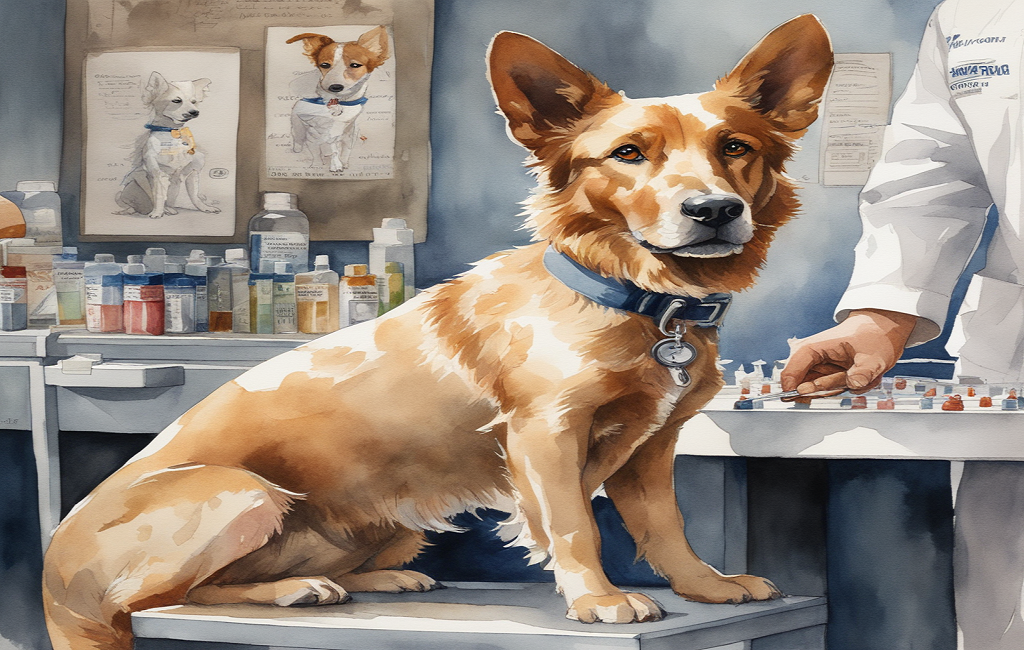
Finally, it’s important to remember that there are now more treatment options than ever before, even though hearing that your beloved pet has cancer can be very upsetting. Many cancer in dogs are living longer and having a better quality of life thanks to progress in veterinary medicine. If your dog has been identified with cancer, you should work closely with your vet to make a care plan that is just right for them.
Steps to Prevent and Find Problems Early
Although it is not always possible to keep a dog from getting cancer, there are some things that can be done to lower the risk of getting it or catch it early. Getting your dog checked out regularly, making sure they eat right, and limiting their exposure to chemicals are all important ways to find and avoid cancer in dogs.
- Regular visits to the veterinarian
To keep your dog’s health in good shape and catch any signs of cancer early, you need to take him to the vet regularly. During regular check-ups, your vet will do a physical checkup and may suggest blood tests or imaging tests to look for any problems. This is very important for older dogs because they are more likely to get cancer.
- The Right Food
A well-balanced food is important for keeping your dog healthy and strong. But did you know that good nutrition can also help stop cancer? Giving your dog a good food that is full of vitamins can help their immune system and keep cells from getting damaged by free radicals. Also, don’t give your dog processed foods that have added colors or chemicals that aren’t natural. These ingredients have been linked to a higher risk of cancer.
- Lessen your contact with carcinogens.
Some things in a dog’s surroundings can make them more likely to get some types of cancer. To name a few, these are secondhand smoke, yard or garden chemicals, and sunburns (especially on white or light-colored dogs). Limiting contact to these possible toxins can lower the chances of getting cancer.
- Know Your Dog’s Breed
Certain kinds of dogs are more prone to getting specific types of cancer. For example, Golden Retrievers have a higher chance of getting lymphoma, while Boxers are more prone to mast cell cancers. Being aware of your dog’s breed and possible health risks can help you and your doctor watch for signs of these cancers.
- Be Aware of Changes in Your Dog’s Behavior or Health
As a dog owner, it is important to be aware of any changes in your dog’s behavior or health that may suggest a problem. These can include sleepiness, changes in hunger or drinking habits, weight loss, lumps or bumps, trouble breathing or swallowing, chronic diarrhea or vomiting, and changes in bathroom habits. If you notice any odd signs in your dog, visit your doctor right away.
Conclusion:
While cancer is a common disease in dogs, taking preventative steps and finding it early can greatly improve the chances of successful treatment. Routine check-ups with your doctor, right diet and minimizing exposure to chemicals are all important steps in keeping your dog healthy and lowering the risk of cancer. Being aware of any behavioral or health changes in your dog is also important for spotting cancer early on. Remember that an early diagnosis can make all the difference in your dog’s treatment and general result.
Supporting Your Cancer in Dogs During Treatment
Cancer care in dogs can be a difficult and upsetting experience for both pet parents and their beloved furry friends. As a dog owner, it can be upsetting to watch your pet go through the different steps of cancer treatment. However, with the right support and care, you can help make this tough time more doable for your dog.
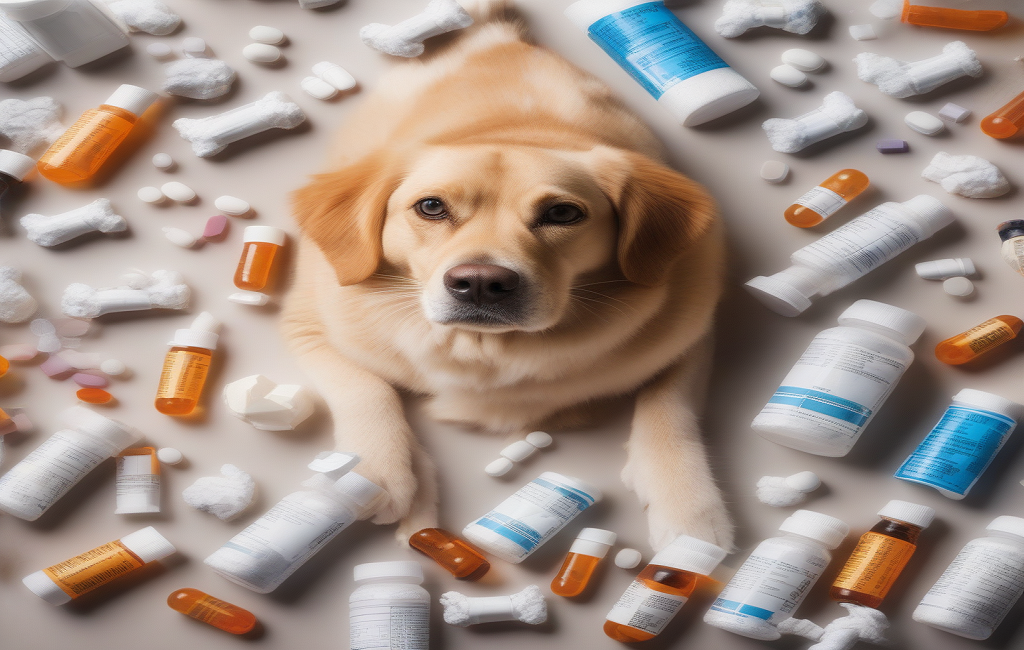
Here are some ways that you can help your dog during cancer treatment:
- Stay informed: It’s important to stay informed about your dog’s unique type of cancer, its state, and the suggested treatment plan. By knowing the disease better, you will be better prepared to predict any side effects or problems that may arise during treatment.
- Provide comfort: Cancer treatments such as chemotherapy and radiation therapy can be physically tiring for dogs. Make sure that your pet is happy by providing them with soft beds, enough water, and easy access to their favorite places around the house.
- Follow drug guidelines carefully: Your doctor will recommend medicines to help handle your dog’s symptoms or avoid any possible side effects of treatment. It is crucial to follow these steps carefully as failure to do so can have serious effects on your pet’s health.
- Maintain a healthy diet: A well-balanced and nutritious diet is important for helping your dog’s immune system during cancer treatment. Consult with your doctor about any food changes or products that may aid in controlling side effects caused by medicine or treatment.
- Monitor physical activity: Depending on the type of cancer and its stage, physical activity may need to be reduced for your dog during treatment. Consult with your doctor about any limits or changes that need to be made to your dog’s training routine.
- Be patient with changes in behavior: Cancer treatment can cause changes in your dog’s mood and behavior, such as lower energy levels or hunger. Be gentle and accepting, and make sure to share any worries with your doctor.
- Show love and affection: Dogs are incredibly sensitive animals who can sense when their owners are upset or worried. Make sure to show your pet lots of love and care during this tough time, as it can help keep their spirits up.
- Seek help: Caring for a dog with cancer can be mentally tiring, and it is important to seek support when needed. Talk to friends, family, or even a psychologist if you find yourself fighting to deal with the situation.
- Consider alternative therapies: In addition to standard treatments, there are also alternative therapies available that have been found to help control the signs of cancer in dogs, such as acupuncture, massage therapy, and plant medicines.
- Take care of yourself: It’s important for you as a pet owner to take care of yourself during this difficult time. Make sure that you’re getting enough rest, eating well, and finding help when needed. By taking care of yourself, you will be better prepared to help your dog through their cancer treatment.
Remember that every cancer in dogs journey is unique, and there may be times when you feel stressed or unsure of what to do. Don’t hesitate to reach out to your doctor for advice and support. With your love and care, your dog can get through their cancer treatment safely.
Conclusion: Educating Yourself and Spreading Awareness About Canine Cancer
As pet parents, it is our job to teach ourselves about the health risks that our furry friends may face. Canine cancer is a growing worry among dog owners, and knowing its signs and symptoms can help us catch it early on and give our dogs a fighting chance.
In addition to being careful about your dog’s health, it is also important to spread knowledge about canine cancer. By sharing knowledge and information, we can help other pet owners become more ready in spotting possible signs of cancer in their own dogs.
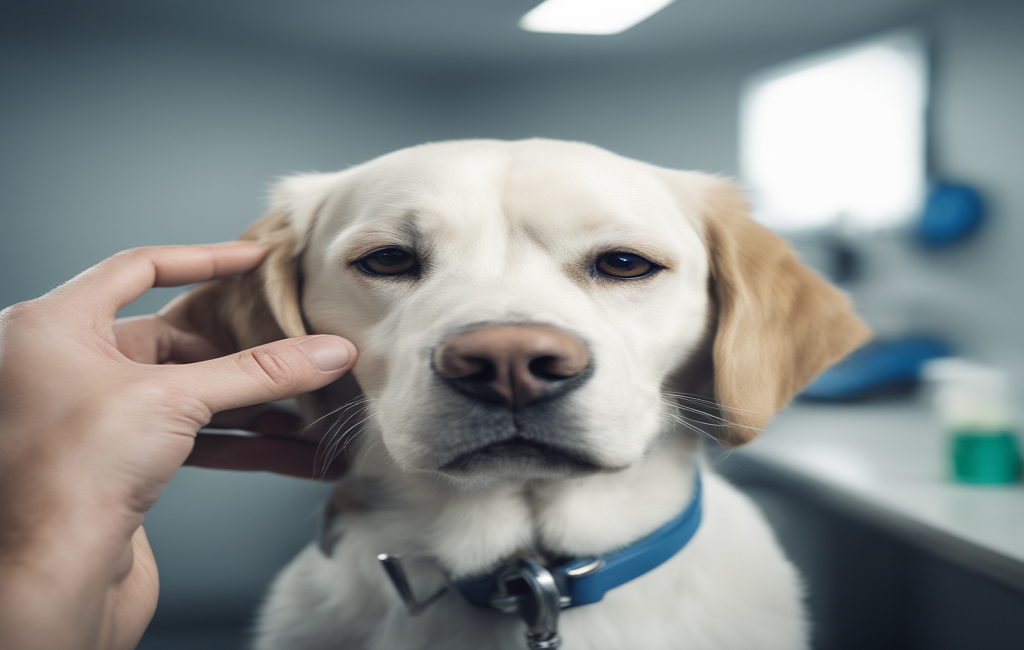
Education is key when it comes to avoiding and treating cancer in dogs. Here are some ways you can teach yourself and others about this disease:
- Regular vet check-ups: The first step in educating yourself about canine cancer is by bringing your dog for regular check-ups with the doctor. Vets are trained to recognize any abnormalities or warning signs that may suggest cancer, so don’t hesitate to ask them questions if you have any worries.
- Research online: With the rise of technology, there is a wealth of knowledge available at our hands. Look for reliable sources such as medical websites or blogs from reputable organizations that provide accurate information on canine cancer.
- Attend workshops or seminars: Many animal hospitals or rescue organizations give workshops or seminars on different topics linked to pet health, including cancer. These events often have speakers who are experts in the field, giving useful insights and information that can be helpful for pet owners.
- Join support groups: There are many online support groups and sites for pet owners dealing with canine cancer. These can be great places to learn from others who have faced similar situations and share information and tools.
- Share your knowledge: If you have personal experience with canine cancer, consider sharing your story with others. By sharing knowledge, you can help other pet owners spot possible signs in their own dogs and seek proper medical care.
- Be aware of the signs: As mentioned earlier, being aware of the signs and symptoms of cancer in dogs is crucial in finding it early on. Some common signs include odd lumps or growths, strange blood or fluid, weight loss, and changes in hunger or behavior.
- Know the risk factors: Certain breeds may be more prone to certain kinds of cancer in dogs, so it is important to know if your dog is in a high-risk group. Age, genetics, and external factors can also play a role.
Conclusion:
Teaching yourself about cancer in dogs and raising awareness can make a difference in saving the lives of our beloved pets. By being cautious and informed pet owners, we can increase the chances of early discovery and good treatment for our dogs. Let’s work together to share information and save lives!
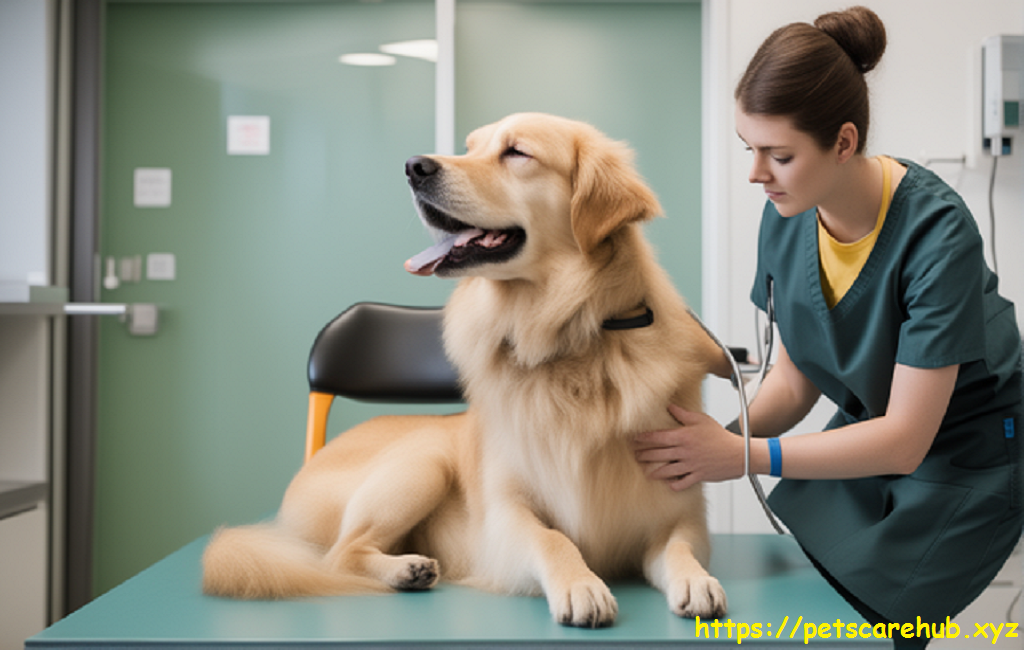
1 thought on “What to lookout for in Common Signs and Symptoms of cancer in dogs”